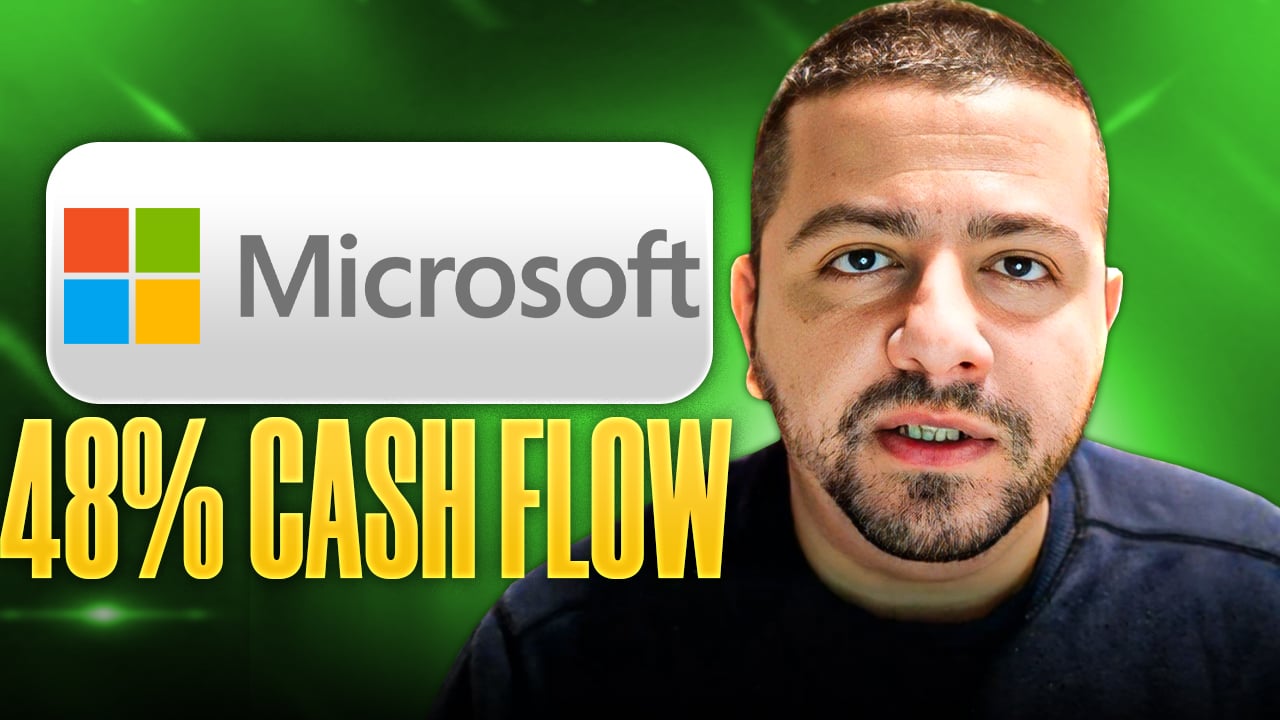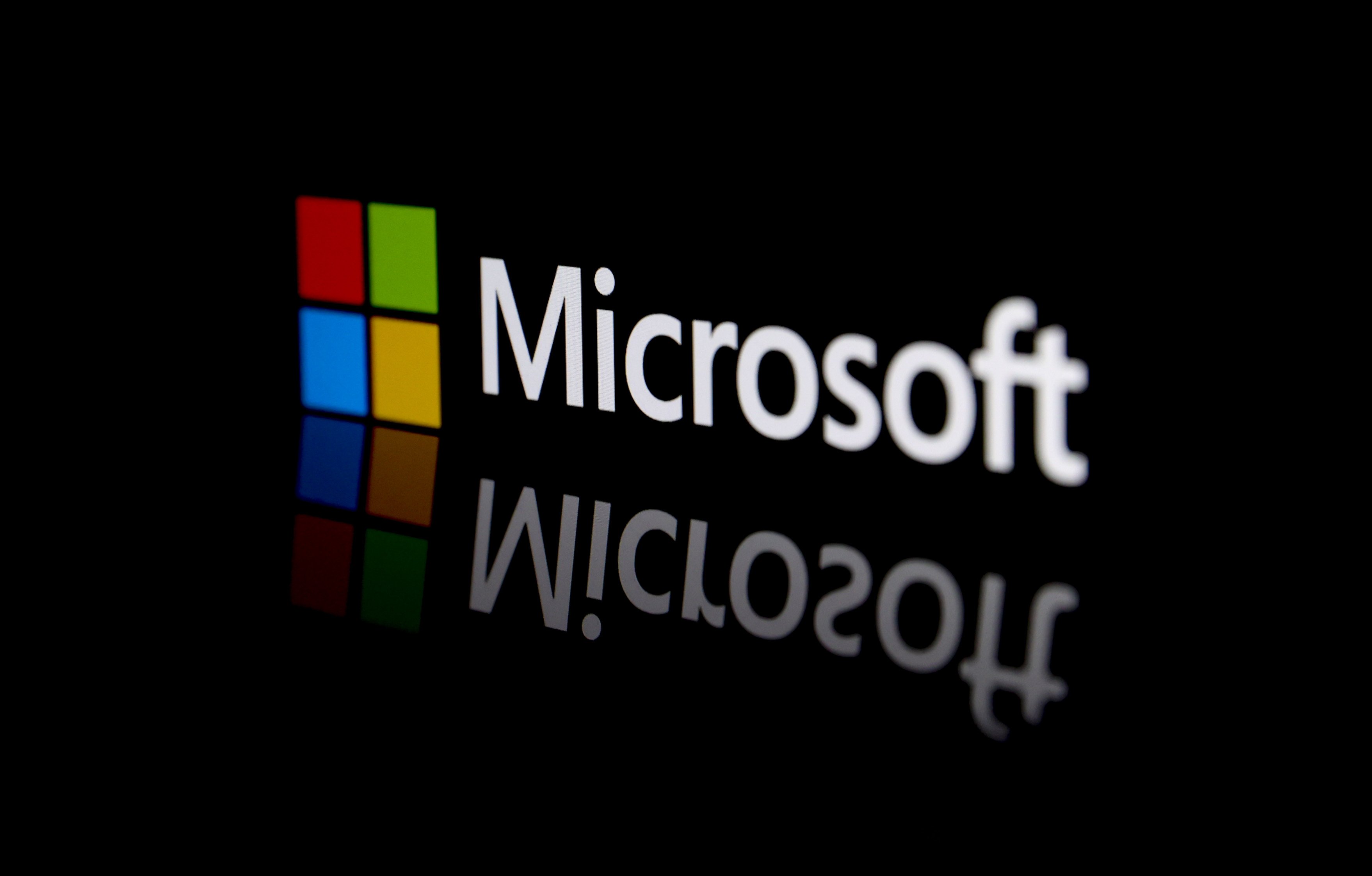Earlier this month, UBS analyst Brent Thill slashed his fourth-quarter estimate for how many Microsoft (MSFT 0.78%) Surface RT tablets the company sold from 2 million to just 1 million. The company has been very secretive about the sales tally thus far, leading some to project that sales are even worse that current estimate. Still, with the Surface Pro set to debut on Feb. 9, and expectations for the new device much stronger than for the original Surface, maybe the question is, "Who cares?"
Dashed expectations?
The two driving forces behind Thill's lowered expectations are limited distribution and a tough time competing with Apple's (AAPL 1.46%) iPad. Heading into the holiday season, the Surface was one of many tablets competing for the same consumer dollars. Early Surface reviews found both high points and low. Apple rolled out the iPad Mini in time for the holidays, which invigorated sales of iPads across the board. At Apple's most recent earnings release, the company reported iPad sales of 22.9 million units, up from 15.4 million a year earlier.
While the discrepancy between nearly 23 million and 1 million, or even 2 million, is stratospheric, the two companies likely had very different goals for the quarter when it came to tablet sales. Where Apple needed to show solid growth and maintain dominance over several lower-priced alternatives to its products, Microsoft was simply announcing its presence in the market. In each respective goal, both companies seem to have been successful.
Much has been made of both the low expectations for the Surface and the company's failure to fully disclose exactly what the numbers are, with many expressing displeasure at the lack of information. Shaul Eyal of Oppenheimer said, "While Win8/Surface adoption is still in early days, we were slightly disappointed about the lack of quantitative metrics around the Surface." Rhonda Alexander of IHS iSuppli projected initial sales of the Surface at 1.3 million, and sees little chance that sales will exceed that.
Time to bring in a Pro?
Despite all of the consternation surrounding the initial numbers for the Surface, Thill and others have much higher expectations for the Surface Pro. For 2013, he is estimating sales in the realm of 2.5 million units, jumping all the way to 8 million for fiscal 2014. He sees the enhanced device as "more promising" and said it should be a legitimate alternative to the iPad specifically for enterprise users.
Additionally, The New York Times' David Pogue recently reviewed the new Surface Pro, calling it a game changer. The device represents the first legitimate tablet-PC hybrid that is able to successfully accomplish the tasks of both devices. That will be a critical element of the Surface's Pro's success because it is expected to come with a hefty price tag. The new Microsoft device is expected to run between $900 and $1000 depending on the memory option selected. At this price it will need to be able to fully replace both a tablet and a PC to cover the cost of each.
Given the fact that the Surface Pro was all but announced at the time the Surface RT was released, it is not hard to imagine that many potential users opted to wait. While the Surface Pro sounds like exactly the type of device I am personally looking for to replace both my PC and iPad, the fact that the Surface RT does not run a full version on Windows, making Office compatibility a concern, led me to wait to even look at the device. If a healthy number of others took this same attitude, early sales figures -- assuming that these are released -- may surprise everyone.
The other negative pressure that was likely felt by the Surface RT is the hesitance of early adopters. I can speak from personal experience again here as an owner of the original iPad. By the time the second generation was released, many features that I would have preferred to have were included. As the product cycle continues to accelerate, it is not hard to see why many might avoid stumbling with the first iteration of a totally new device, particularly when its upgrade is discussed at the time of initial launch.
You must wonder why Microsoft was so vocal about the eventual release of the Surface Pro. Could it be that the company wanted the holiday hype with what it was ready to release? This would certainly explain why such little sales data is available. If Microsoft never intended the Surface RT to big a smash, its actions are far easier to understand -- do some product testing, build buzz, and release the flagship when it has been more fully vetted.
Bringing it back around
It's certainly possible that the Surface woes may be worse than investors think, but they may be exactly where Microsoft planned for them to be at this point. I realize it requires a great many suppositions to arrive at this conclusion, but the pieces hang together remarkably well. Ultimately, Microsoft is well positioned heading into the launch of the Surface Pro, and the stock looks attractive here.






